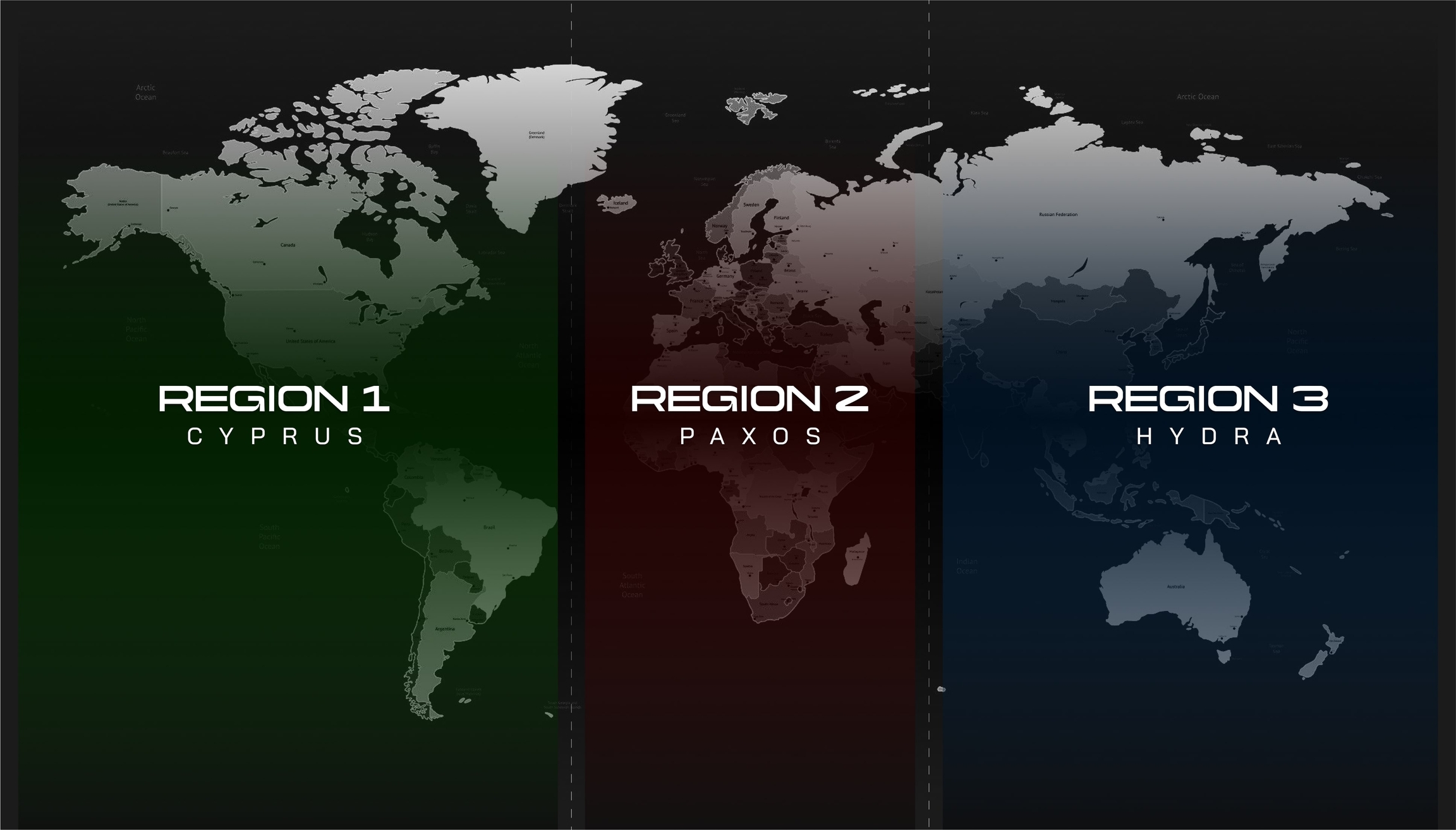Latency
How Qai Network optimizes geographical latency in order to scale.
Why Latency Matters
The Bottleneck: Latency - the time it takes for data to travel across the network - is the #1 factor limiting blockchain scalability. Even with powerful computers, if messages take too long to reach all nodes, the entire network slows down.Real-World Impact: Think of it like a conference call with participants worldwide:
High latency: Everyone talks over each other, confusion reigns
Low latency: Smooth conversation, everyone stays synchronized
The Economic Cost: In blockchain mining, high latency literally costs money:
Slow miners find out about new blocks late
Wasted work on already-solved blocks (uncle blocks)
Lost revenue from energy spent on invalid blocks
Three Types of Latency
Qai optimizes all three components that affect overall network speed:
1. Network Latency (Biggest Impact)
What It Is: Time for data to travel between nodes across the internetThe Challenge:
More nodes = more hops = slower propagation
Global networks face physical distance limitations
Traditional blockchains treat this as unsolvable
Qai’s Solution: Economic Self-Organization
Profit motive: Lower latency to peers = higher mining profits
Natural result: Miners gravitate to their optimal geographic zone
No central planning: Market incentives create perfect organization
How Miners Self-Organize:
Miner in Asia tries mining US zone → high latency → more uncle blocks → less profit
Same miner switches to Asia zone → low latency → fewer uncles → more profit
Result: Geographic optimization without any central coordination
PoEM’s Additional Advantage:

Single proof consensus: Only one message needed to reach agreement
PoW comparison: Requires multiple proofs during forks
PoS comparison: Needs multiple rounds of voting
Result: Fastest possible consensus mechanism
2. I/O Latency
What It Is: Time to read/write data from storageThe Speed Difference:
RAM access: ~100 nanoseconds (lightning fast)
SSD access: ~100 microseconds (1000x slower)
Impact: Every disk read slows down block processing
Qai’s Optimizations:
State trimming: Keep only essential data to minimize storage needs
RAM optimization: Cache frequently accessed data in memory
Smart architecture: Zone isolation prevents state bloat
3. Computation Latency
What It Is: Time to process and validate transactions Qai’s Approach:
Parallel processing across zones
Optimized validation algorithms
Efficient state management
Each optimization compounds, creating a network capable of sustained high performance.
The Combined Result
Total Impact: By optimizing all three types of latency simultaneously, Qai achieves:
50,000+ TPS: More throughput than major payment networks
5-second blocks: Near-instant transaction confirmation
Global scale: Maintains speed even with worldwide distribution
The Key Insight: Latency optimization isn’t just about speed - it’s about creating a self-organizing system where economic incentives naturally produce optimal network topology. This makes Qai the first blockchain that gets faster and more efficient as it grows.
Last updated